Southern Gulf of St. Lawrence rivers priority place

Location
Specific rivers that drain into the Southern Gulf of St. Lawrence (sGSL), from the provinces of New Brunswick, Nova Scotia, and Prince Edward Island. Major river drainages identified as priorities are: the Miramichi, Restigouche, Nepisiguit, Kouchibouguacis, Richibuctou and Bouctouche Rivers in New Brunswick; the Margaree, Phillip, Wallace, Middle River of Pictou, West and South Antigonish, and Mabou Rivers in Nova Scotia; and the Mill, Morell, and Midgell Rivers in PEI.
Key threats
Modifications and changes in freshwater natural systems such as habitat fragmentation due to dams, roads, and other barriers to fish passage, bank erosion and stream habitat deterioration, recreational, agricultural, and industrial land use, invasive species, changes in water quality and temperature, and climate change are significant threats to freshwater species at risk in these key rivers of the southern Gulf of St. Lawrence.
Aquatic SARA Schedule 1-listed species at risk found in the Southern Gulf of St. Lawrence Rivers priority place
| Priority Places and Marine Threats | Species, Population | SARA status |
|---|
Examples of recovery activities that DFO is seeking to support in the Southern Gulf of St. Lawrence Rivers priority place
- Improve freshwater and estuarine habitat, improve fish passage such as through barrier removal or replacement with open bottom structures, improve spawning habitat, and engage resource users for long-term improvement of aquatic ecosystems
- Monitoring habitat enhancement and conservation of species at risk by measuring the effectiveness of habitat restored/improved, monitoring the connectivity restored and the usage of habitat by the target species to support recovery actions
- Prevention, surveillance/early detection, response and control management measures to protect aquatic species at risk from the introduction and spread of invasive species (does not include eradication)
- Support for partnerships, relationship building, and the establishment of venues for continued collaboration, and information and knowledge sharing to support recovery actions
- Land use issues that can be addressed through education and engagement with local groups and organizations to promote best management and land stewardship practices
- Restoring habitat affected by fragmentation and degradation, through means such as the removal/alteration of barriers to fish passage (culverts, barrier removal, flow alteration), mitigating unnatural bank erosion, planting native plants, naturalized stream bank stabilization and improving cold water habitat
Learn more about projects in this area
Etuaptmumk (two-eyed seeing) stewardship of freshwater species at risk and ecosystems in the Midgell, Morell and Mill Rivers of PEI
Etuaptmumk (two-eyed seeing) stewardship of freshwater species at risk and ecosystems in the Midgell, Morell and Mill Rivers of PEI
Recipient: Abegweit Conservation Society
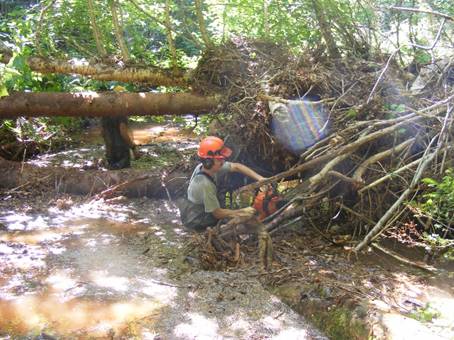
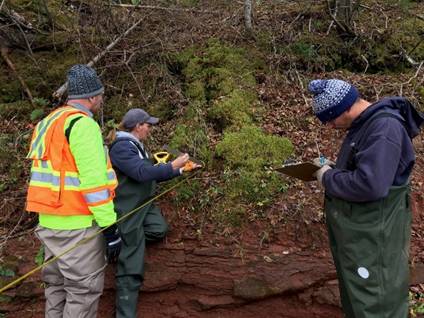
Project goal: This four-year project aims to integrate both science and Indigenous knowledge principles (two-eyed seeing) into the management of threats affecting two culturally significant species at risk in the Midgell, Morell and Mill Rivers in Prince Edward Island.
First, threats will be identified and prioritized for each river. Traditional Indigenous knowledge of the rivers and species will be used in conjunction with western science-generated data to inform development of action plans for each river and species. Various habitat characteristics will be investigated, mapped and modelled in all three rivers. Trends and future projections will be produced to inform prioritization of in-stream restoration work or other management options.
Once threats have been identified and prioritized, the best restoration techniques will be selected for each river. Potential actions include in-stream and riparian zone restoration work such as the removal of barriers to fish passage, restoration of in-stream habitat (e.g., stabilization of eroding banks, replacement of culverts), diversification of riparian forest cover (planting) and the correction of hydrology impacted by historical human use (e.g., establishment of natural meander pattern, channel width to depth ratio). These actions will be completed while maximizing the involvement of Indigenous mentors to build the capacity for leadership in stewardship among local Indigenous peoples tied to the three river systems.
Fund Allocation: $1,352,800
Time Frame: 4 years
Species that benefit from this project:
Understanding threats to Atlantic salmon and American eel from an increasing native predator in the Miramichi River and surrounding Gulf of Saint Lawrence area
Understanding threats to Atlantic salmon and American eel from an increasing native predator in the Miramichi River and surrounding Gulf of Saint Lawrence area
Recipient: Canadian Rivers Institute at University of New Brunswick
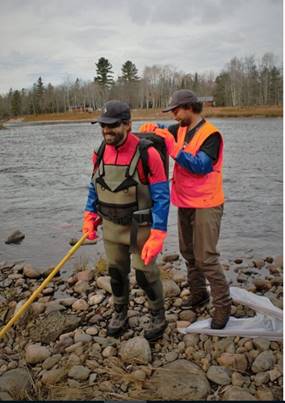
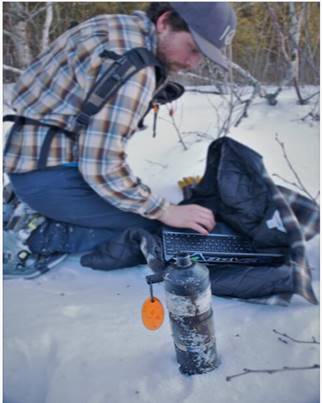
Project goal: This four-year project studies the level of potential threat from a native fish predator on two native fish species at risk in the Miramichi River. This project has two elements. The first element consists of necessary research on the predatory effects of the Striped Bass on two at risk fish species. This research aims to contribute to the effective protection, recovery and science-based management of these aquatic species at risk.
The second element aims to engage and build capacity within the local First Nations communities. This project, in partnership with local First Nation communities (Metepenagiag and Natoaganeg), will (1) aim to improve awareness of conservation and cultural issues facing these species at risk; (2) train and transfer knowledge of fisheries techniques (electrofishing, telemetry, acoustic tracking) to the local First Nations; and (3) improve and retain research skills and capacity (project equipment, individuals) in the local First Nations participating in the project in order to create a lasting nature legacy.
Fund Allocation: $473,000
Time Frame: 4 years
Species that benefit from this project:
Habitat restoration for three species of concern in the Restigouche watershed and estuary
Habitat restoration for three species of concern in the Restigouche watershed and estuary
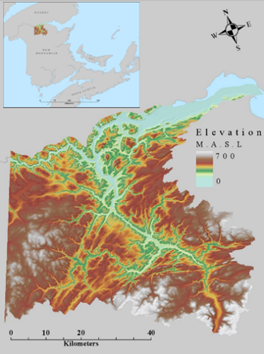

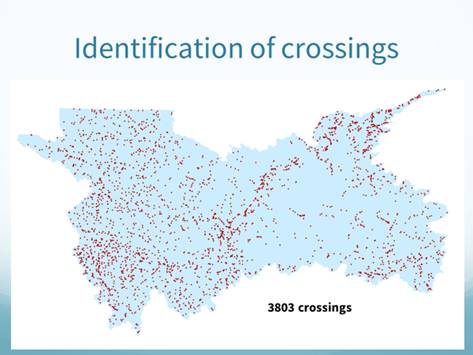
Recipient: Gespe'gewaq Mi'gmaq Resource Council
Project goal:This four-year project aims to identify and restore priority habitats for three at-risk fish species in the Restigouche River watershed and its estuary. The main goal of this project is to establish and support partnerships for the management of aquatic species to allow co-development of a sustainable habitat restoration strategy based on available biological data, GIS tools and new technology.
This project will support habitat restoration work such as the replacement or remediation of barriers to fish passage to restore habitat connectivity and the reduction of runoff from municipal, agricultural and industrial infrastructures. These actions will prevent further habitat degradation and act to mitigate the cumulative impacts of habitat fragmentation, pollution and nutrient loading.
In addition, the project will contribute to engagement efforts with Indigenous communities and academic institutions to develop an understanding of Mi'gmaq Ecological Knowledge systems and develop mechanisms to better inform management decisions regarding the targeted species at risk.
Fund Allocation: $661,600
Time Frame: 4 years
Species that benefit from this project:
Miramichi cold water enhancement climate change resiliency program
Miramichi cold water enhancement climate change resiliency program
Recipient: North Shore Micmac District Council Inc.- Anqotum Resource Management
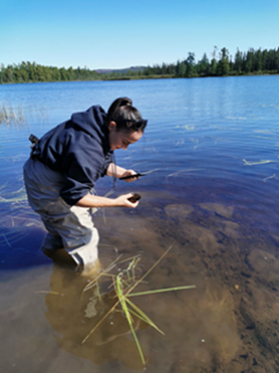
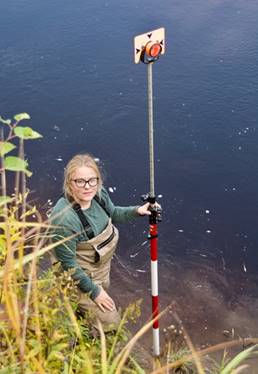
Project goal: This four-year project seeks to create a climate change resilient Miramichi river system by enhancing cold-water habitats for fish species during summer high temperature events. To do this, the project will identify areas with high potential to serve as thermal refuges and then carry out enhancement work such as conducting habitat improvement projects for aquatic species at risk, surveys to better understand the distribution of the species and mitigate impacts from invasive species through control management. These actions aim to ensure a sustainable, long lasting, legacy to benefit aquatic species at risk in the Miramichi River System.
Finally, this project will establish an Indigenous Environmental Technician curriculum to build capacity to carry out future technical environmental work.
Fund Allocation: $725,150
Time Frame: 4 years
Species that benefit from this project:
Habitat restoration planning, implementation and collaboration in four nova scotia watersheds of the Southern Gulf of St. Lawrence Rivers priority area
Habitat restoration planning, implementation and collaboration in four nova scotia watersheds of the Southern Gulf of St. Lawrence Rivers priority area
Recipient: Nova Scotia Salmon Association
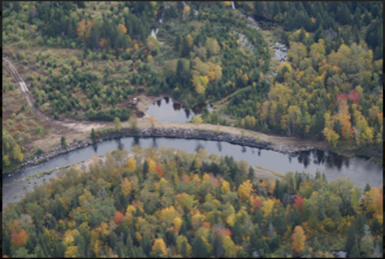

Project goal: This four-year project aims to restore high-value aquatic ecosystems in four priority rivers within the Southern Gulf of St. Lawrence Rivers Priority Area, specifically in the West and South Rivers (Antigonish) and the Mabou and Margaree Rivers in Cape Breton. This project will promote the recovery of aquatic species at risk through planning, prioritization and implementation of activities that mitigate identified threats (e.g. declining water quality, habitat fragmentation).
This project will support a long-term legacy for recovery actions and develop strategic and lasting collaboration with and between Indigenous Peoples, stakeholders and other interested parties.
Fund Allocation: $866,232
Time Frame: 4 years
Species that benefit from this project:
Species at risk watershed assessment and management of culturally significant fish species through a two-eyed seeing approach within Mi'kma'ki, Mainland Nova Scotia
Species at risk watershed assessment and management of culturally significant fish species through a two-eyed seeing approach within Mi'kma'ki, Mainland Nova Scotia
Recipient: The Confederacy of Mainland Mi'kmaq
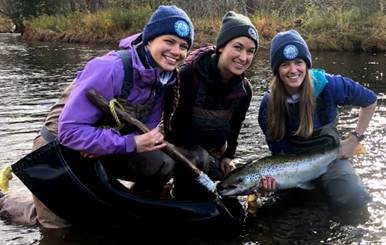
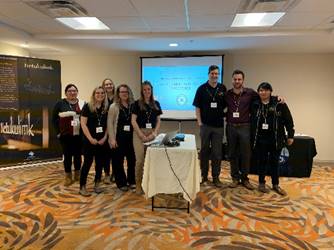
Project goal: This four-year project identifies threats and improves fish habitat for multiple aquatic species at risk through biological assessments, habitat restoration and stewardship outreach in participating Mi'kmaw communities. The Two-Eyed Seeing approach of this project will bring together Mi'kmaq Ecological Knowledge (MEK) and western science, allowing for a greater understanding of the role and importance of multiple perspectives.
The project takes place in three areas across mainland Nova Scotia: the St. Croix River, Stewiacke River and Southern Gulf of Saint Lawrence watersheds. This approach addresses high-priority threats to aquatic species at risk and to species of importance in Mi'kmaq culture for food, social and ceremonial purposes. Mi'kmaw community engagement, participation and species at risk stewardship are essential parts of this project and will ensure there is a lasting, positive impact in terms of conservation, increased awareness and capacity to protect species at risk for future generations.
Fund Allocation: $2,308,257
Time Frame: 4 years
Species that benefit from this project:
- Date modified: